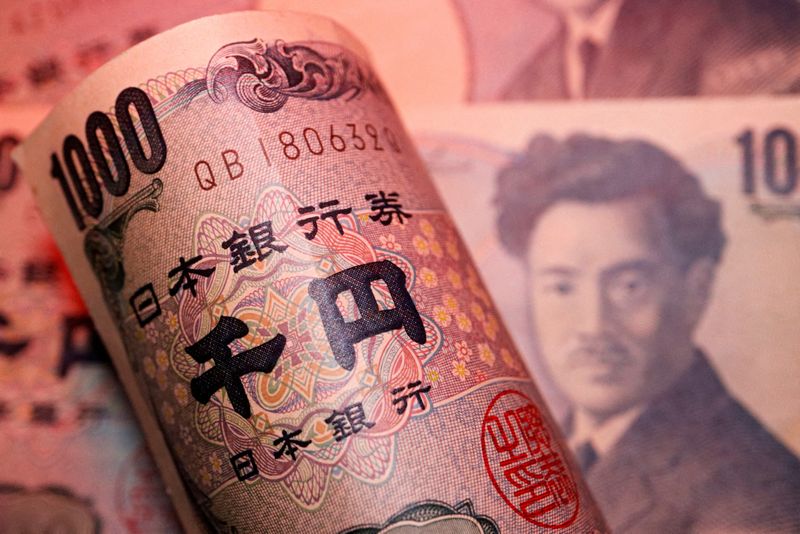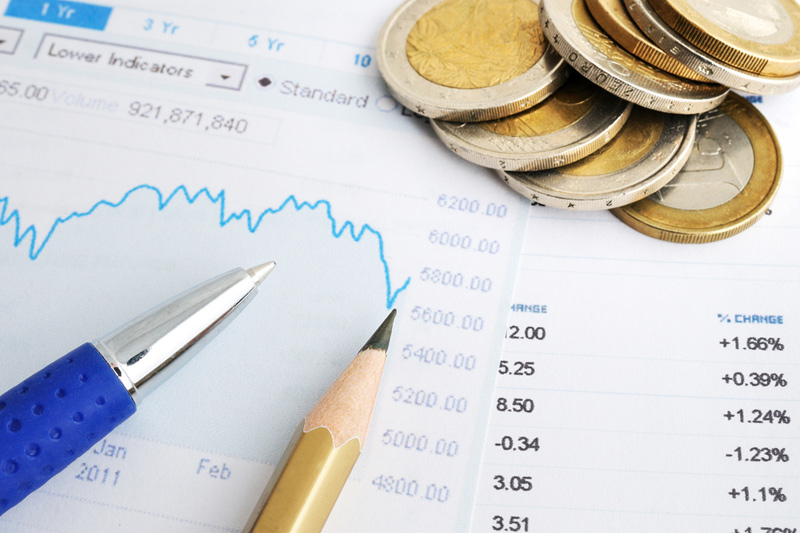By Makiko Yamazaki
TOKYO (Reuters) – Japan said on Wednesday it carried out a record one-day buying intervention for the yen in April, selling 5.92 trillion yen ($40.83 billion) worth of dollars in a battle against the falling yen at the time .
Quarterly data from the Ministry of Finance (MOF) shows that Japan spent a record 5.92 trillion yen on a one-day yen purchasing intervention on April 29, and another 3.87 trillion yen on May 1.
The previous single-day record for such an intervention was 5.62 trillion yen spent on October 21, 2022, according to MOF data available since 1991.
The latest data represents a detailed daily breakdown of the previously revealed 9.79 trillion yen intervention carried out from April 26 to May 29.
The dollar’s two rounds of massive selling intervention helped push the yen up 5% from a 34-year low of 160.245 per dollar, but failed to reverse the yen’s longer-term weakness.
The yen resumed its decline, falling to a 38-year low of 161.76 per dollar in July, prompting Tokyo to intervene again and spend another 5.53 trillion yen to support its currency.
Later in July, the yen rallied sharply as traders aggressively unwound carry trades after a slew of economic data raised the prospect of a US economic downturn and bigger interest rate cuts by the Federal Reserve.
Separate Finance Ministry data showed on Wednesday that Japan’s foreign reserves fell to $1.22 trillion at the end of July, down $12.4 billion from a month earlier, largely due to a drop in foreign securities holdings .
The drop in reserves reflects the sale of U.S. Treasuries to finance the intervention of selling dollars and buying yen, analysts said.

Japanese authorities won’t reveal the composition of the country’s foreign reserves, but economists assume most of the foreign securities are in U.S. government bonds.
($1 = 144.9800 yen)


